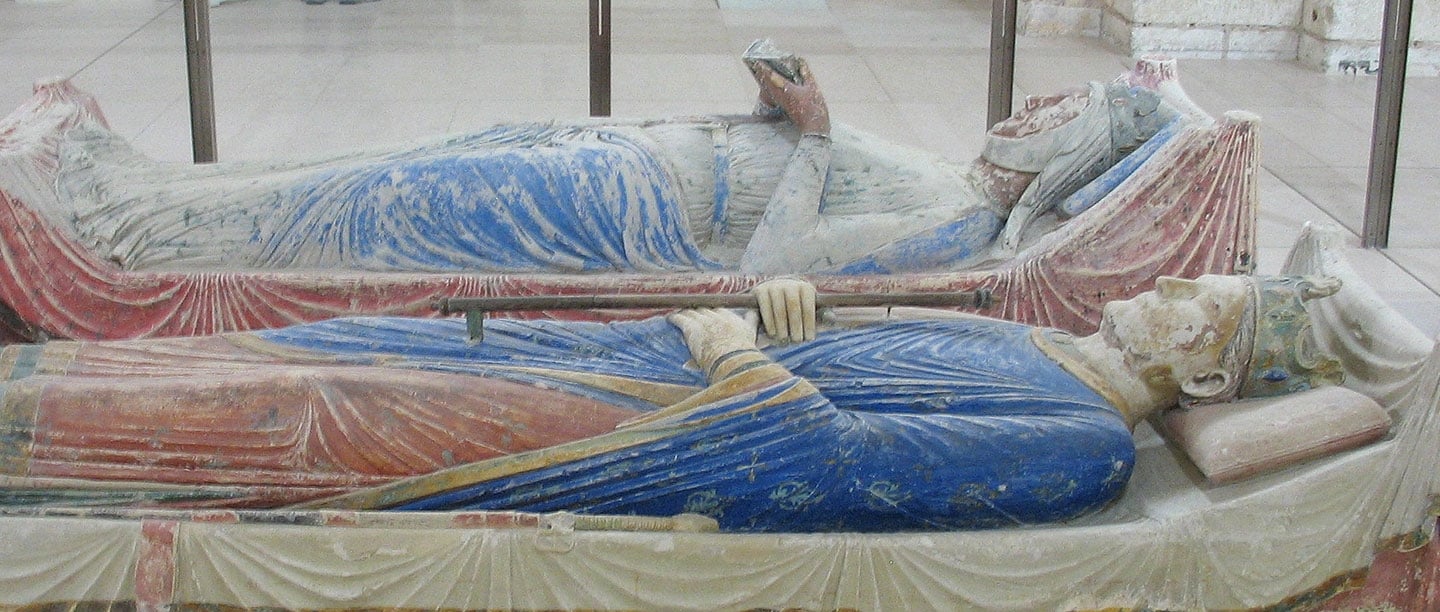Empire building, 1120–72
Like his great-grandfather William the Conqueror, Henry II was French. However, in the 12th century France was not a united country – powerful nobles ruled its various regions. Henry’s father, Count Geoffrey, ruled Anjou, and his mother, Matilda – daughter of Henry I of England – ruled Normandy. Henry I had named Matilda as his successor to the throne of England, but on his death in 1135 her cousin Stephen seized it, leading to years of conflict.
Henry inherited Normandy from his mother in 1150, and succeeded his father as Count of Anjou in 1151. The following year he became Duke of Aquitaine by marrying Eleanor of Aquitaine, gaining her lands in southern France. Then in 1154, at the age of 21, he succeeded Stephen as king of England.
Seizing his chances through marriages and deaths, Henry had forged a great empire. Over the next 20 years he strengthened his possessions and expanded his control in northern England and south Wales, Normandy and Brittany, and the east of Ireland.
Decline, 1173–99
Rich in land and power, Henry was also rich in sons. But rivalries over the empire’s division between them – and his estranged wife, Eleanor – proved disastrous. As civil war erupted in England, his sons Henry, Richard and Geoffrey tried to seize Normandy.
Later, Richard defended Aquitaine against his brothers Henry and Geoffrey, and then against Geoffrey and their youngest brother, John. Finally, allied with the king of France, Richard forced his father to submit. When Henry II died in 1189, his troubled empire passed to Richard.
King Richard, despite going on crusade, being shipwrecked on his return and then imprisoned in Austria, managed to hold his vast empire together – mainly thanks to the efforts of his mother, Eleanor.
Fall, 1199–1227
When Richard died in 1199, his brother John proved a much weaker ruler. He lost first Anjou and then Normandy to the French king. Despite expansion in Ireland, his control slipped in Brittany and Aquitaine.
To add to John’s woes, his English barons rebelled, prompting a French invasion of England in 1216, including a siege at Dover Castle.
Finally, under John’s son Henry III, the French were driven back across the Channel. But by this time almost all the Angevin lands in France were lost.
However, although the empire Henry II had built in France had collapsed, his English descendants – the known as Plantagenets – retained the throne of England for 400 years.
Top image: the effigies of Henry II and Eleanor of Aquitaine at Fontevraud Abbey, near Chinon, in the former duchy of Anjou
© Esther Westerveld [CC BY 2.0 (https://creativecommons.org/licenses/by/2.0)]
Find out more
-
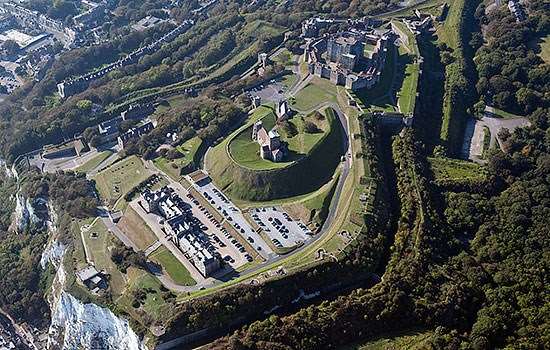
History of Dover Castle
Learn about the long history of the castle, from its likely origins as an Iron Age hillfort, through its development as a great fortress, to its secret role in the Cold War.
-
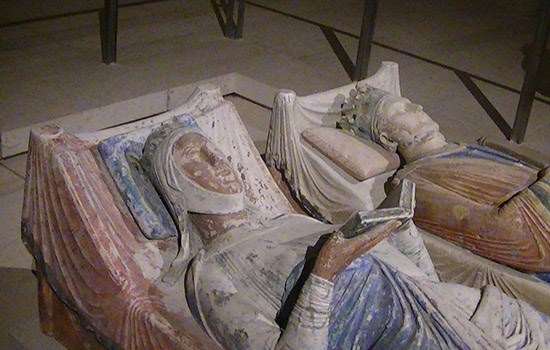
Eleanor of Aquitaine
Eleanor of Aquitaine was queen in turn of two great medieval European powers, France and England. Read more about her life and the very active role she played in the politics of her day.
-
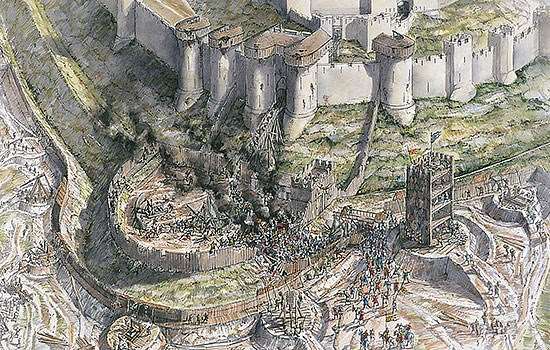
The Great Siege of Dover Castle
Find out how, in 1216, Dover Castle and its stalwart defenders played a crucial part in preventing Prince Louis of France from becoming King Louis I of England.
-
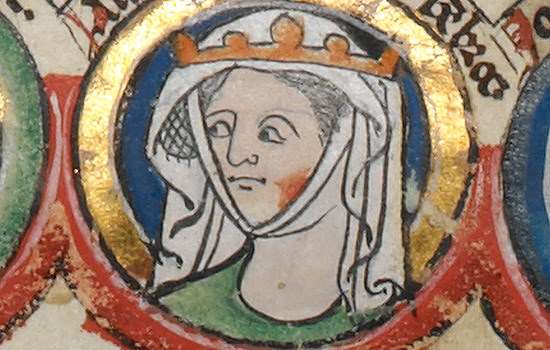
Eleanor de Montfort and the Siege of 1265
Caught up at the centre of a civil war, Eleanor de Montfort held Dover Castle against the king in 1265 after her husband and eldest son were killed in battle.
